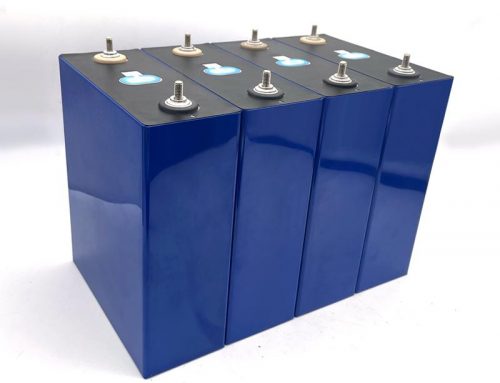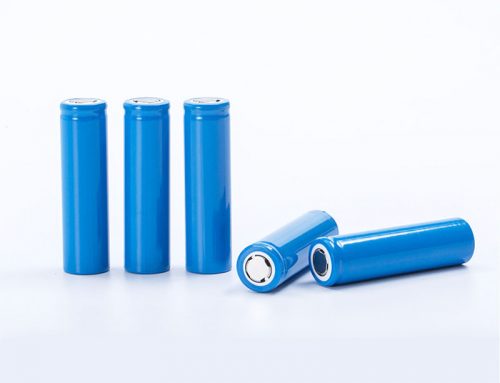pH value between 7.6 and 12.5 will be appropriate for the aqueous processing for the LiNi0.5Mn0.3Co0.2O2 positive electrodes.
The influence of the preset pH value of the binder solution on aqueous processing of LiNi0.5Mn0.3Co0.2O2 positive electrodes is studied. The processed electrodes are investigated by means of electrochemical charge/discharge cycling, potentiostatic electrochemical impedance spectroscopy and X-ray photoelectron spectroscopy. The results show major impact of the pH value of the binder solution on the cycling performance of lithium ion cells. Low binder solution pH values (here 7.6) lead to faster capacity fading within the first 100 cycles. In comparison, higher binder solution pH values (here 12.5) show similar fading compared to the reference electrodes based on poly(vinylidene difluoride) and N-methyl pyrrolidone as solvent. Positive electrode materials undergo a lithium-proton exchange, when in contact with water or other proton sources. Post-mortem analysis revealed that lower pH values of the binder solution potentially lead to more pronounced lithium-proton exchange. The previously inserted protons are extracted from the active material during electrochemical cycling, potentially initiate decomposition of the conductive salt LiPF6 and hence degrade the cell performance. In combination with LiPF6, inter alia HF might be formed, which then reacts with lithium from LiNi0.5Mn0.3Co0.2O2 or other active and inactive components and precipitate as M-F or other resistive interphases on the LiNi0.5Mn0.3Co0.2O2 surface.
Article Information,

